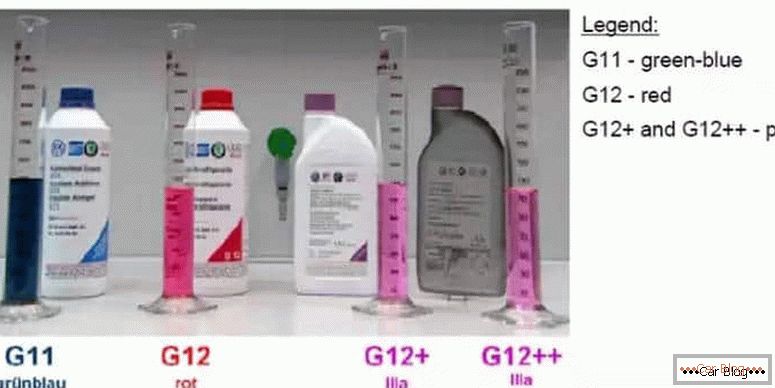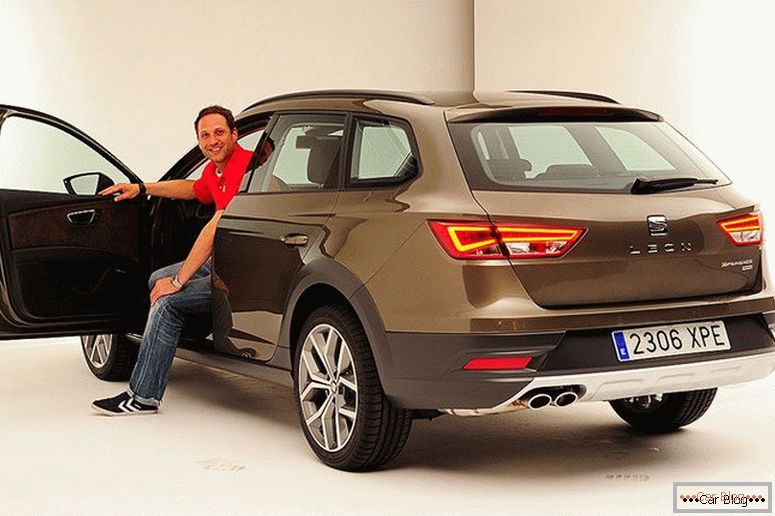Automakers in the technical documentation for the car and in the brochures quite accurately indicate the fuel consumption per 100 km. With one “but”: the given consumption rates are averaged, calculated almost in ideal driving conditions and for a new car without a run. In real life, the picture is completely different. Therefore, to rely on passport data is to deceive yourself.
Content
- 1 Why you need to know the fuel consumption
- 2 Methods for calculating fuel consumption
- 2.1 Regulatory Method
- 2.2 Practical method
Why do you need to know the fuel consumption
Of course, not out of mere curiosity, but for use in everyday life. Knowledge of the true state of affairs will help avoid a number of unpleasant situations. For example, on a long trip, you can get into such a "tmutarakan", where it will be problematic to refuel a car. Or, in the hope that something is splashing in the “tank”, do not get a few hundred meters to work. But, perhaps most importantly, what the expense can say is the technical condition of the car. A sharp increase in fuel consumption, which also manifests itself in the future (that is, it does not depend on the condition of the road, weather conditions, driving style), indicates possible malfunctions in a particular system or vehicle node. An urgent need to diagnose.
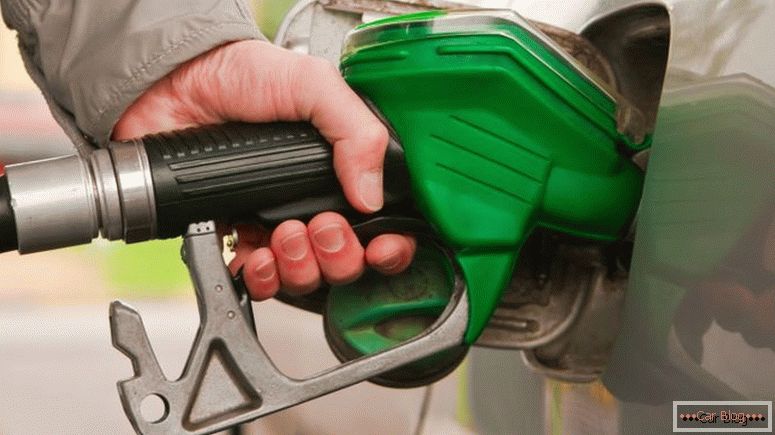
Knowing the true fuel consumption per 100 km will not be nervous if there are no refueling nearby.
The need to save fuel, and therefore money, is also not the last motive to clearly know how to calculate the fuel consumption for your car. Not only know, but also understand the essence of the methods of calculation, and, most importantly, periodically apply them in practice. After all, the amount of fuel consumed - the value is far from constant.
Methods for calculating fuel consumption
Consumption in liters per distance (usually taken a segment of 100 km) can be determined in two ways: regulatory (calculated) and practical (in fact). With all due respect to the Ministry of Transport, which develops the norms, the first method is akin to the weather forecast: one can hope, but one should not believe. The second is more close to real. Its accuracy increases with the increase in the number of measurements made when operating the car in various road conditions and driving cycles (urban, suburban, mixed). In fairness are descriptions of both methods.
If the car has an onboard computer that provides the driver with a lot of useful information, including fuel consumption, it still makes sense to do the calculation in order to check the operation of the sensors and electronics.
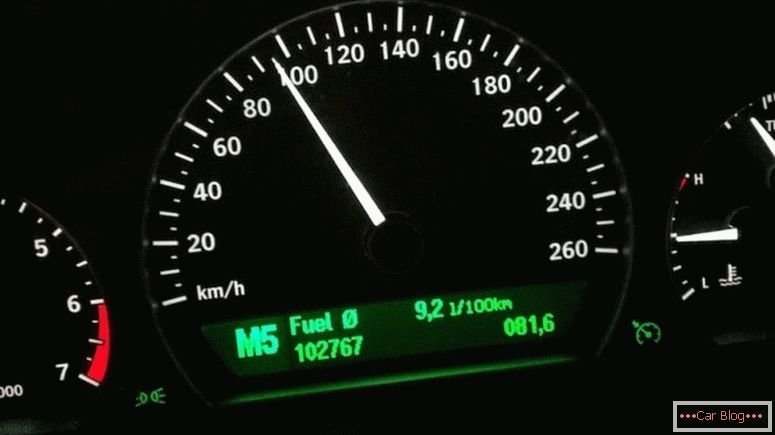
The presence of the on-board computer allows you to control even instant gas mileage
Regulatory Method
On March 14, 2008, the Ministry of Transport of Russia published an order No. AM-23-p entitled “Fuel and lubricant consumption rates for road transport. This order establishes multiplying factors in various operating conditions and for a different condition of motor transport. When calculating is taken so-called. The base rate of fuel consumption for a particular car brand (from the regulatory documents of the same ministry) is multiplied by the sum of the appropriate factors. This method is used by accountants of enterprises, taking into account various correction data.
See also: Is it profitable to rent a car in a taxiWhen performing calculations "for yourself" for the base rate, you can take the nominal consumption from the passport of the car and apply the following amendments, which take into account:
- Winter operating conditions. Center +0.07, South +0.05, Ural + 0.1-0.12, North (including Siberia) +0.15, Extreme North areas +0.2.
- Summer operating conditions (with air conditioner) +0,07.
- Densely populated In cities with a population of 0.1-0.25 million +0.1, 0.25-1.0 million +0.15, 1.0-3.0 million +0.2, more than 3.0 million + 0.25.
- Age and mileage of the car. More than 100 thousand km (or 5 years) +0.05, from 150 thousand km (8 years) +0.1.
For example, for the baseline conditions: passport consumption is 10 liters, winter, the region is Central, a city with a population of 1.5 million people, 120 thousand km mileage, we get the following result:
Q = 10.0 x (1 + 0, 07 + 0.2 + 0.05) = 13.2 l / 100 km.
Thus, the standard gas mileage per 100 km, taking into account the operating conditions and the condition of the car should be 13.2 liters (also true for diesel and gas). For a more accurate calculation you can use a larger number of correction factors.
As mentioned earlier, such a calculation is more likely a forecast. But if you feel that you spend more fuel than the calculations showed, this is a reason to think seriously and make the necessary measurements and calculations.
Practical method
To measure the fuel consumption per 100 km by distance, you must perform a number of actions:
- fill a full tank and note the mileage according to the odometer;
- drive a certain number of kilometers in its usual mode;
- add gasoline to a full tank and see the new odometer reading. It is recommended to do the second refueling at the same gas station, and on “its” column, since two adjacent columns can pour in different ways;
- The volume of the second fueling (according to the receipt) divided by the odometer reading difference and multiplied by 100 - this will be the desired consumption.
If you divide the opposite (kilometers per liter), then we find out how many kilometers you can drive on one liter of gasoline. Multiplying this value by the volume of the tank, we get the distance in km, which can be driven on one tank without refueling. Such information will be useful when planning a long trip.
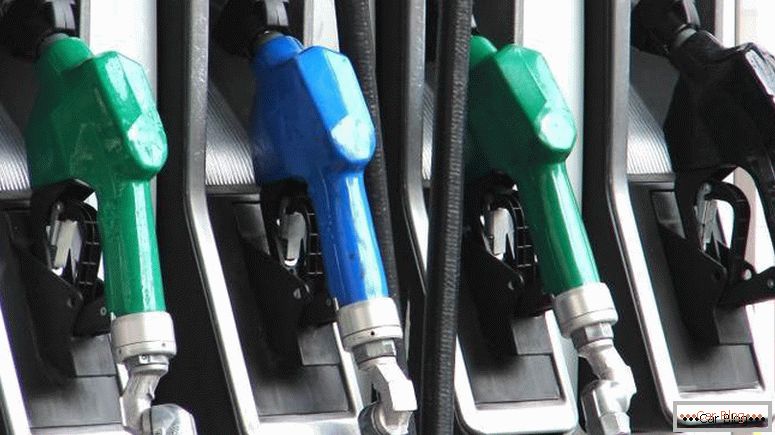
Constant monitoring of fuel consumption allows you to always refuel at your favorite gas station
There is still an old, but very accurate way to measure consumption: put one or two cans in the trunk with a well-known and accurately measured amount of gasoline (preferably 20 liters, to stop less often) and a curing machine. Drive as usual until the gas runs out completely. When the engine starts to "sneeze" - stop. Now you need to take the odometer reading. Fill the canister with two gasoline and forward - to the next stop. It ran out of fuel - they registered mileage, refueled. Such cycles can be countless, which is determined only by your patience. But the longer you “hold out”, the more accurate the measurement result will be. Then the simplest calculation is performed using the same generally accepted formulas.
This method is the most accurate, but it harbors “pitfalls”:
- leads to premature wear (and sometimes - to breakage) of the fuel pump;
- if there is no gasoline in the system, then it will have to be “pumped”;
- topping up the cans in winter conditions is not a pleasant experience.
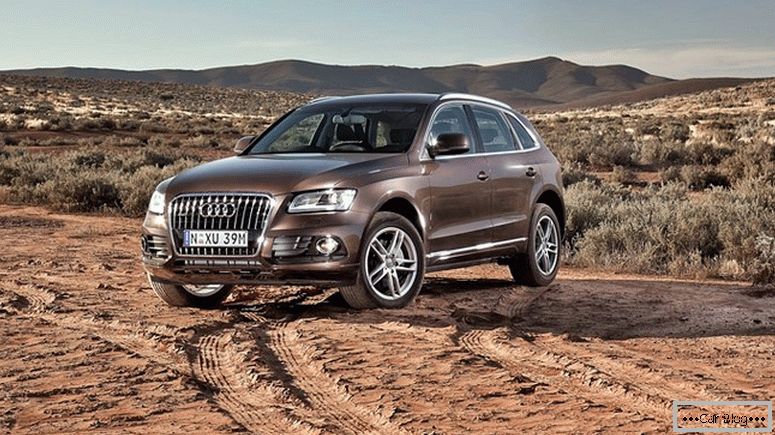
Road conditions greatly affect fuel consumption.
Make it a rule to control the flow at least twice a year and unforeseen situations on the road due to lack of fuel will be excluded. In addition, the overrun that has appeared is not only a matter of economy, but also often a signal that a car has some problems. And this is the subject of your safety.

